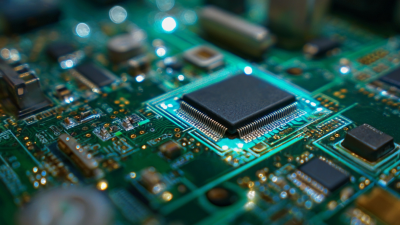
Exploring Advanced Techniques in Circuit Board Manufacturing: Innovations Shaping the Future
The realm of circuit board manufacturing is undergoing a profound transformation, driven by the relentless pursuit of innovation and technological advancement. As industries increasingly rely on complex electronic devices, the demand for high-performance circuit boards has skyrocketed. According to a report by Research and Markets, the global printed circuit board (PCB) market is projected to reach approximately $80 billion by 2026, with a compound annual growth rate (CAGR) of 3.7% from 2021 to 2026. This staggering growth underscores the critical importance of adopting advanced manufacturing techniques to meet the evolving needs of the electronics sector.
Emerging technologies such as automated production processes, advanced materials, and the integration of artificial intelligence are revolutionizing circuit board manufacturing. These innovations not only enhance production efficiency but also improve product reliability and performance. For instance, the implementation of additive manufacturing techniques in PCB design allows for greater flexibility and complexity in circuit designs, enabling the production of lighter and more compact electronic devices. Furthermore, the shift towards environmentally friendly manufacturing practices, driven by regulations and consumer preferences, is prompting manufacturers to explore sustainable materials and processes, further shaping the future of circuit board production.
As we delve into the advanced techniques currently reshaping the landscape of circuit board manufacturing, it becomes clear that the intersection of innovation and industry demands heralds a new era of possibilities. By embracing these cutting-edge methods, manufacturers can not only stay competitive but also contribute to the sustainable development of the electronics industry, paving the way for a smarter and more connected future.
Read more »
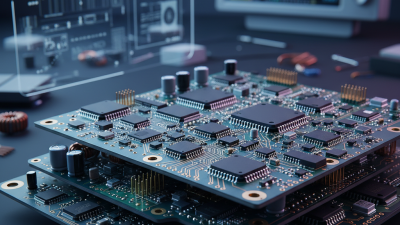
 By:Isabella - November 29, 2025
By:Isabella - November 29, 2025

 By:Sophia - November 27, 2025
By:Sophia - November 27, 2025
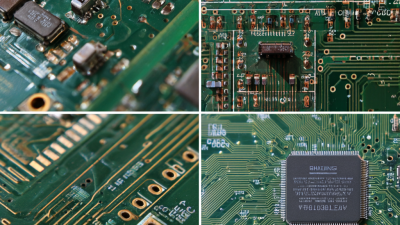
 By:Oliver - November 26, 2025
By:Oliver - November 26, 2025
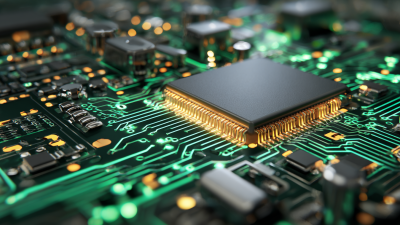
 By:Oliver - November 24, 2025
By:Oliver - November 24, 2025
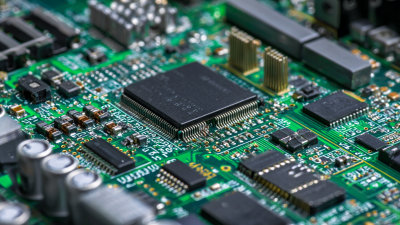
 By:Isabella - November 22, 2025
By:Isabella - November 22, 2025
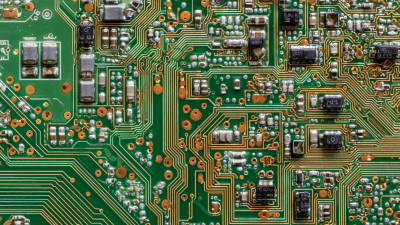
 By:Oliver - November 21, 2025
By:Oliver - November 21, 2025
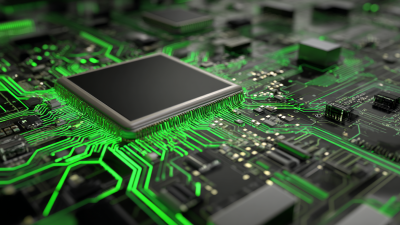
 By:Isabella - November 20, 2025
By:Isabella - November 20, 2025

 By:Oliver - November 19, 2025
By:Oliver - November 19, 2025
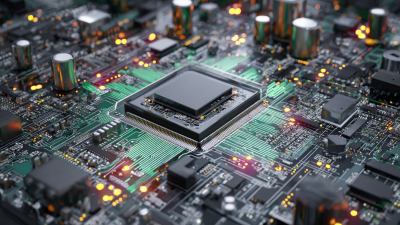
 By:Oliver - November 13, 2025
By:Oliver - November 13, 2025
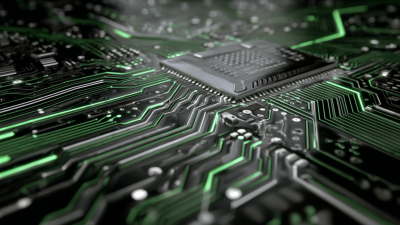
 By:Sophia - November 12, 2025
By:Sophia - November 12, 2025
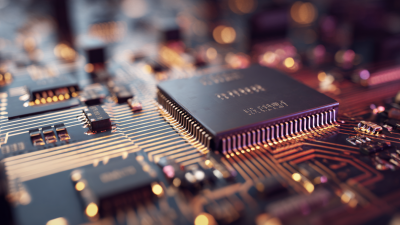
 By:Oliver - November 10, 2025
By:Oliver - November 10, 2025
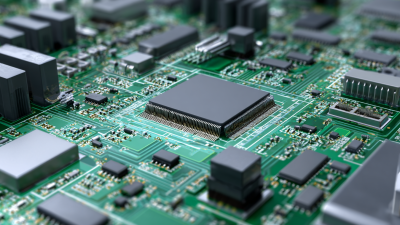
 By:Isabella - November 9, 2025
By:Isabella - November 9, 2025
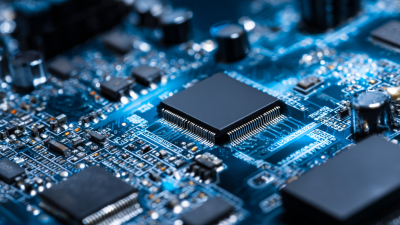
 By:Sophia - November 7, 2025
By:Sophia - November 7, 2025
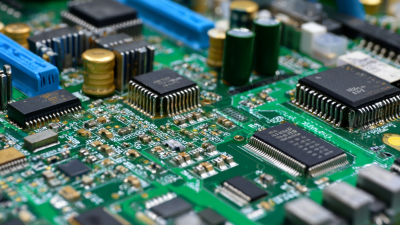
 By:Sophia - November 6, 2025
By:Sophia - November 6, 2025
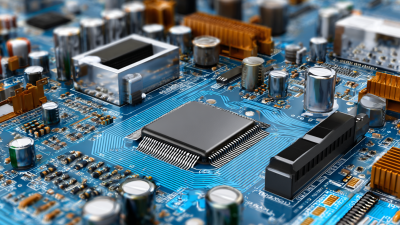
 By:Oliver - November 4, 2025
By:Oliver - November 4, 2025